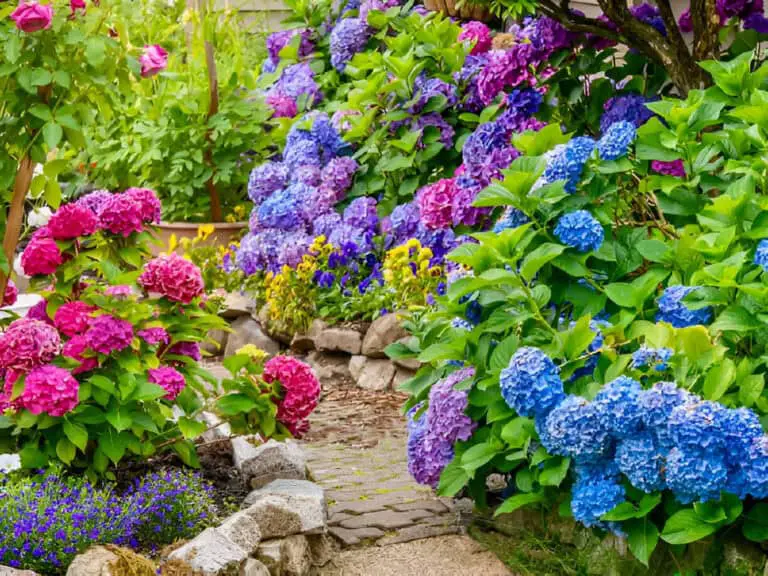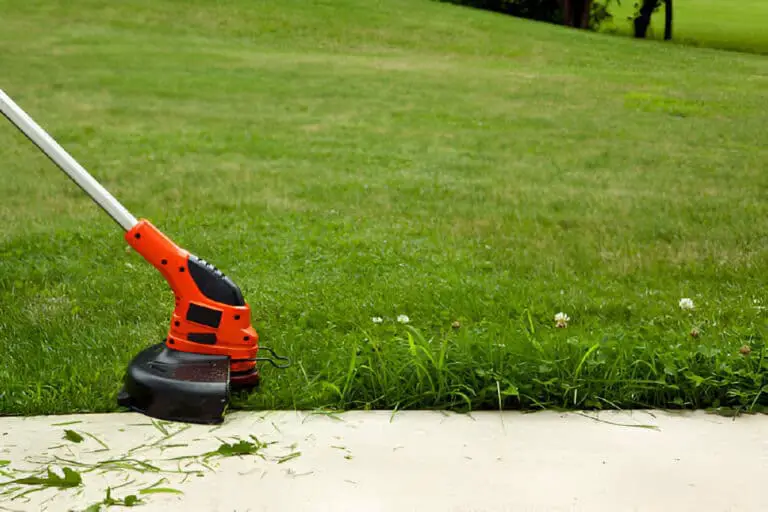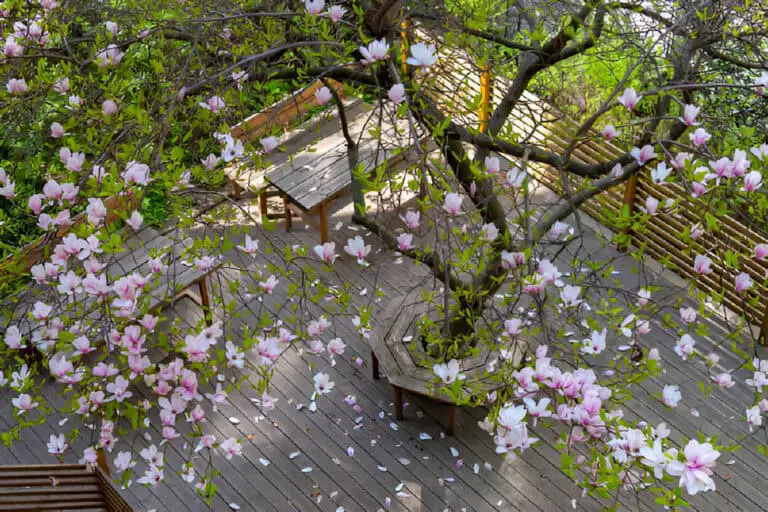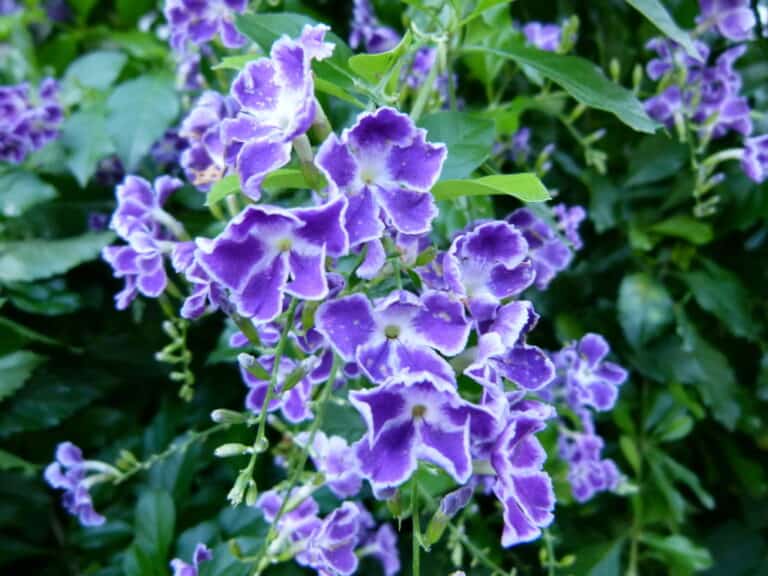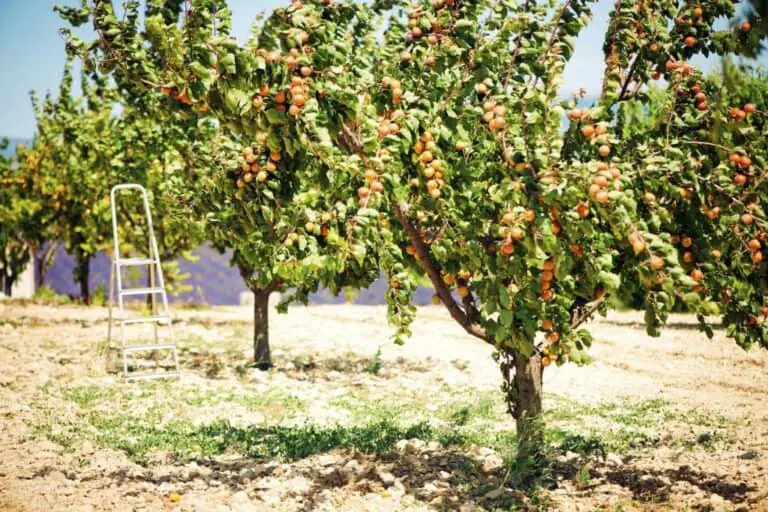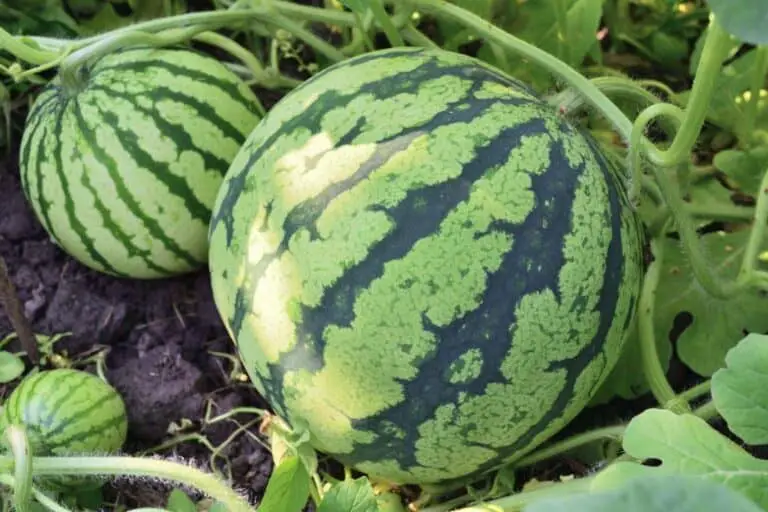How Long Do Sunflowers Stay in Bloom Before They Last and Die?
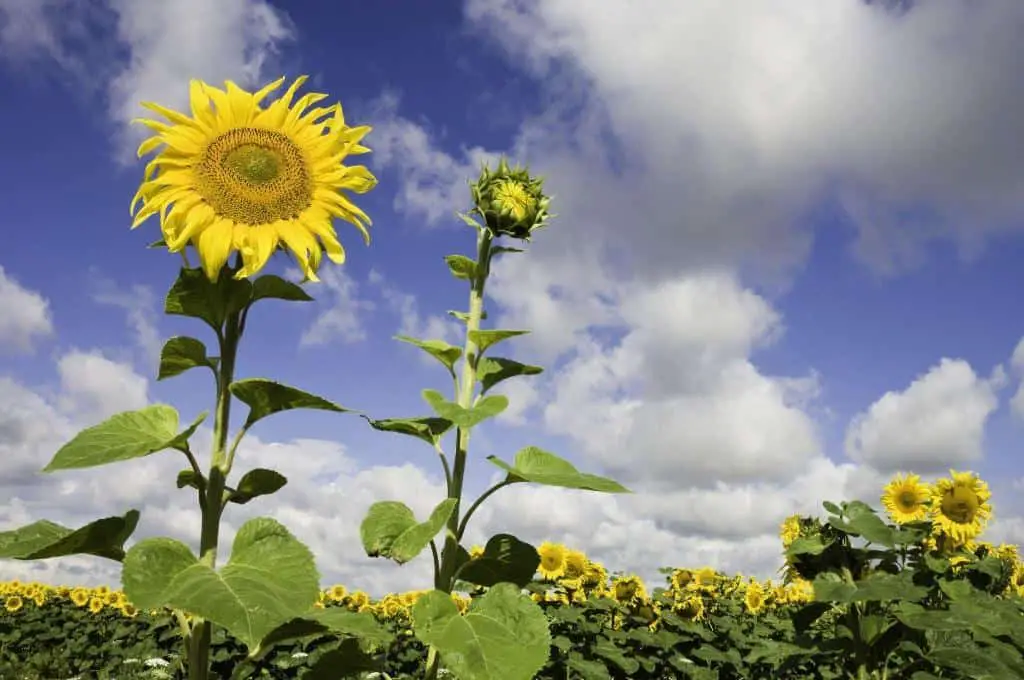
Sunflowers are one of the most beautiful and cheerful flowers, and they have the ability to make people smile. What’s not to love about these sunny blooms? They are easy to grow and will stay in bloom for an extended period of time with proper care.
Their scientific name is Helianthus annuus, and they are native to North America. The sunflower’s name comes from its large, bright yellow flower head, which resembles the sun. The head is actually made up of hundreds of small flowers called florets.
Most sunflowers are annual plants, meaning they only live for one growing season. Normally, they bloom in the late summer or early fall. Once the flowers bloom, they will remain open for a few weeks before the petals eventually drop off.
But how long do sunflowers stay in bloom? On average, sunflowers will stay in bloom for about two to three weeks. However, this can vary depending on the type of sunflower and the growing conditions. For example, if the weather is particularly hot or dry, sunflowers may only bloom for a week or so.
If you want your sunflowers to last as long as possible, make sure to plant them in an area that gets plenty of sunlight and water them regularly. With proper care, your sunflowers should continue to brighten up your garden for several weeks.
Sunflowers Before Bloom: What Does It Look Like?
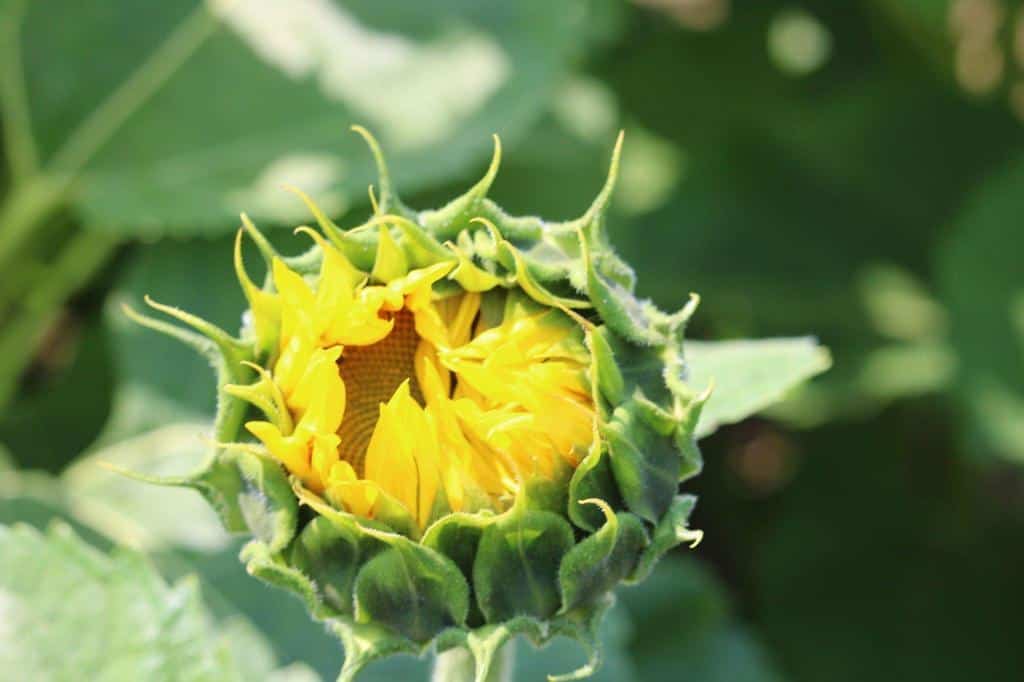
When most people think of sunflowers, they think of the beautiful yellow flowers blooming in the summer sun. But what does a sunflower look like before it blooms?
For starters, before a sunflower blooms, the bud is green and relatively small. The bud will gradually grow and start to turn yellow as the flower matures. Once the bud opens, the petals will be fully yellow and the center of the flower will be exposed.
Interestingly, each individual sunflower only blooms for a few days before it starts to wilt. After a sunflower blooms, the petals will slowly fall off and the seed head will start to form. Once the seed head is mature, the stem of the flower will turn brown and die.
Shorter lived sunflowers include the common annual types, such as Helianthus annuus. The annuals usually only bloom for about two weeks, and then they’re done.
Some of the more long-lived sunflowers are actually perennials, such as Helianthus maximiliani. These sunflowers can live for several years and will often bloom multiple times throughout the season.
What Factors Affect How Long Sunflowers Stay in Bloom?
So, how long do sunflowers stay in bloom? It depends on the type of sunflower. Annual sunflowers only bloom once, but perennial sunflowers can bloom for more than one year.
Here are some factors that play a role in the length of Sunflowers bloom
1. Type of Sunflowers
The type of sunflower can affect the blooming period. Some varieties of sunflowers will bloom for a shorter period of time, while others may bloom for a month or more.
Sunflowers, like the dwarf sunflower, will only bloom for a few weeks. Other sunflowers, like the common sunflower, can bloom for several months.
The type of sunflower can also affect how long it takes for the flower to open. Some sunflowers will open very quickly, while others may take several days to fully open.
The type of sunflower you choose can affect how long you have to enjoy the flowers. If you want a short-lived burst of color, choose a different variety of sunflower that has a shorter blooming period.
2. Location and Climate
The location and climate can play a role in how long sunflowers stay in bloom. If the flowers are in an area with lots of sunlight and warm temperatures, they will likely last longer than those in cooler or shadier areas
But if the weather is too hot or too cold, sunflowers may not bloom as long as they would under ideal conditions.
3. Growing Conditions
The length of time that sunflowers stay in bloom can also be affected by the growing conditions.
Proper care and maintenance are important for keeping sunflowers blooming for as long as possible. This includes regular watering and deadheading (removing spent blossoms).
If the plants are stressed due to lack of water or nutrients, they may bloom for a shorter period of time.
When Do Sunflowers Begin to Bloom?
Sunflowers are usually thought of as summer flowers, but they actually bloom all summer long and into the fall. So, if you find yourself missing the sun as summer comes to an end, look for a field of sunflowers—they will brighten your day!
In the Northern Hemisphere, sunflowers typically start blooming in late June or early July. The timing of when sunflowers bloom depends on the variety of sunflower, as well as the location where they are growing. For example, in cooler climates, sunflowers may not start blooming until August.
Annual sunflowers are in bloom from the summer into the fall. You can have continuous blooms up to the first freeze by sowing fresh plants every few weeks. Perennial sunflowers bloom for 8 to 12 weeks, some starting in July and some not completed until October.
Do Sunflowers Die After They Bloom?
The sunflower is an annual plant, meaning it only lives for one growing season. Each plant produces one large flower head that can be up to 12 inches in diameter with a yellow or orange center.
When it comes to sunflowers, most people are only familiar with the bright yellow flowers that seem to follow the sun. What many don’t know is that once these flowers bloom, they will soon die. After the sunflower blooms, the petals fall off and the seed head dries out. The stalk of the plant then turns brown and dies.
The life cycle of a sunflower is actually quite short. Once the flower blooms, it will only last for a few days before the petals start to fall off. After the petals have fallen, the center of the flower will turn into a seed head.
While it may be sad to see such a beautiful flower die so quickly, there is some good news. Some sunflower varieties are annuals, which means they will grow back year after year. So, even though one sunflower may only last for a few weeks, you can enjoy its beauty for years to come.
What Causes Sunflowers To Die
Sunflowers are one of the most cheerful flowers, with their big yellow blooms and happy faces. But why do sunflowers have such a short life span? Just a few weeks after they bloom, they start to die.
The main reason sunflowers die is because they are annuals. They only have a single growing season of existence. They grow from seeds, bloom, produce more sunflower seeds, and then die. Once they have bloomed and produced seeds, their life cycle is complete, and they die.
Annual sunflowers also have shallow roots, just like the typical string-like roots. This means that they can’t hold onto water as well as other plants. This makes them more susceptible to drought and heat stress. When the weather gets too hot or dry, sunflowers will start to wilt and die.
While it may be sad to see a sunflower wilt and die, we can take comfort in knowing that they brought happiness while they were alive.
How Do You Know When A Sunflower is Dying?
The sunflower is a beautiful and hardy plant that has been grown for centuries. But even the sunflower has its limits, and sometimes it will start to die. If you see your sunflower wilting, leaves turning yellow or brown, and blooms drooping, it may be time to say goodbye. Here are some other signs that your sunflower is dying:
1.The Stem Looks Dry and Brittle
When a sunflower is dying, the stem looks dry and brittle and the leaves are wilting. The flower is not getting the water it needs to survive. The soil is too dry, so the plant can’t get the water it needs from the ground. The sunflower is dying.
2. The Leaves Are Starting To Fall Off
The leaves are turning yellow and brown and are like sunflower leaves drooping and falling off the stem. From the roots up, the plant is dying. This is a common problem with sunflowers. They don’t last very long, maybe a few weeks at most. After they bloom, they start to die. There’s not much you can do to save them. Just enjoy them while they last.
3. There Are Black or Brown Patches on the Leaves
The cause of this problem is unknown, but it could be due to a number of factors, including disease, pests, or even climate change. Whatever the cause, it’s clear that something is killing sunflowers, and scientists are scrambling to find out what it is.
In the meantime, gardeners can stop sunflowers from dying by looking for black or brown spots on the leaves and treating them right away. With any luck, we’ll soon figure out what’s killing our sunflowers and save them from extinction.
4. The Flowers Are Few and Far Between
The sunflower, once a staple of summertime fields and bouquets, is in danger of dying out. For years, the number of flowers the plant makes has been steadily going down, and scientists think they may know why.
The likely culprit is a tiny parasitic wasp that lays its eggs inside the sunflower’s buds.
5. The Flowers Are Wiliting and Petals Are Falling Off
There are many reasons for this sudden decline in sunflowers, but the most likely cause is climate change. With temperatures rising and weather patterns becoming more extreme, sunflowers are struggling to survive. In some parts of the world, they are already extinct.
It’s not just the loss of beauty that we should be worried about; sunflowers play an important role in our eco-system. They help to pollinate other plants and provide food for bees and other insects.

